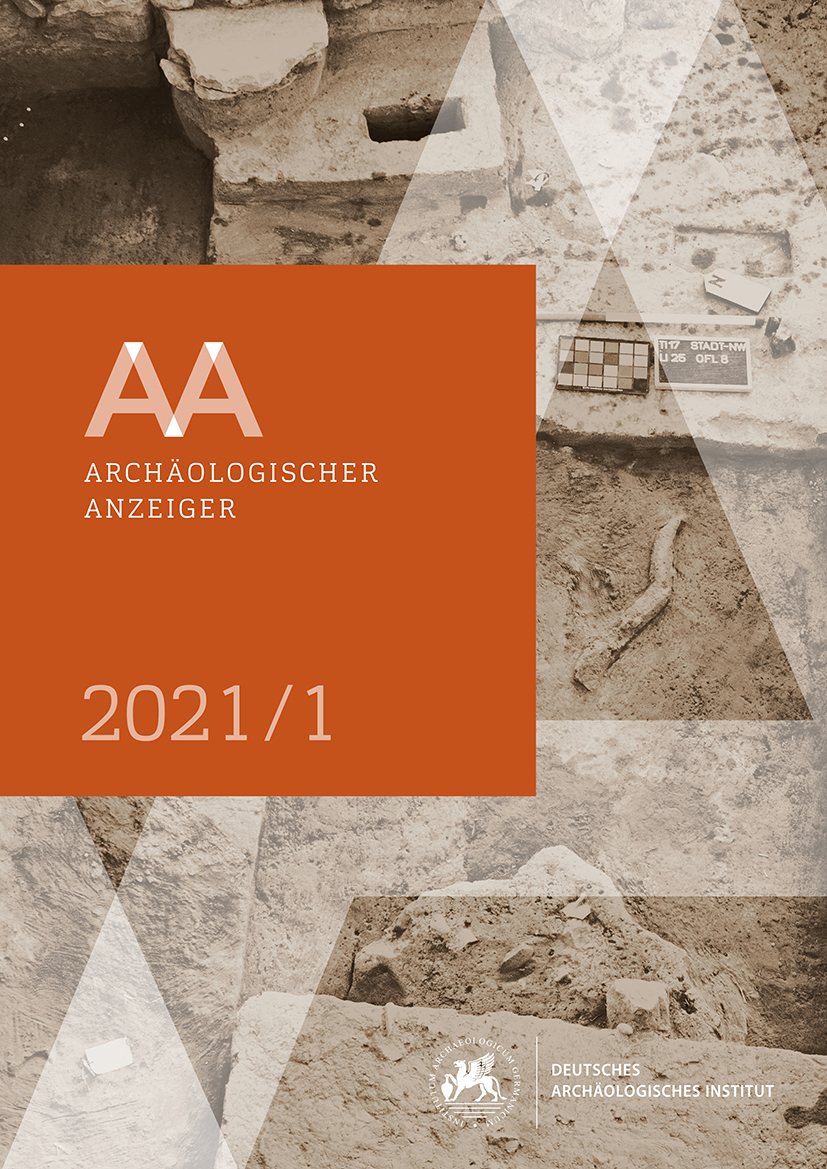Faience Found in the Recent Excavations to the East of the Great Altar in the Samos Heraion
https://doi.org/10.34780/x4ej-yebf
Abstract
New excavations east of the Monumental Altar in the Samos Heraion have revealed deposits of discarded votive material associated with sacrificial practices at the earlier altars. Faience objects make up a major part of this material and we now have a sequence of datable levels which span the fifty or so years prior to the new altar. This enables us to assess the significance of this material in the ritual landscape of the sanctuary. Direct links with Egypt can be established for a small number of objects, but the majority are in a style which borrows themes from Egyptian sacred animals and deities, but presents them in a ›mixed style‹. Other objects reproduce the sacred baskets of Bastet, as well as local shallow bowls. An imitative tendency, linked to strong ritual significance, shows faience as an important carrier of meaning. The question of their origin does not have a single answer.
Schlagwörter:
faience, Egyptianizing, Samos Heraion, altar, deposit





